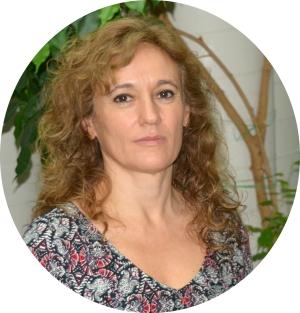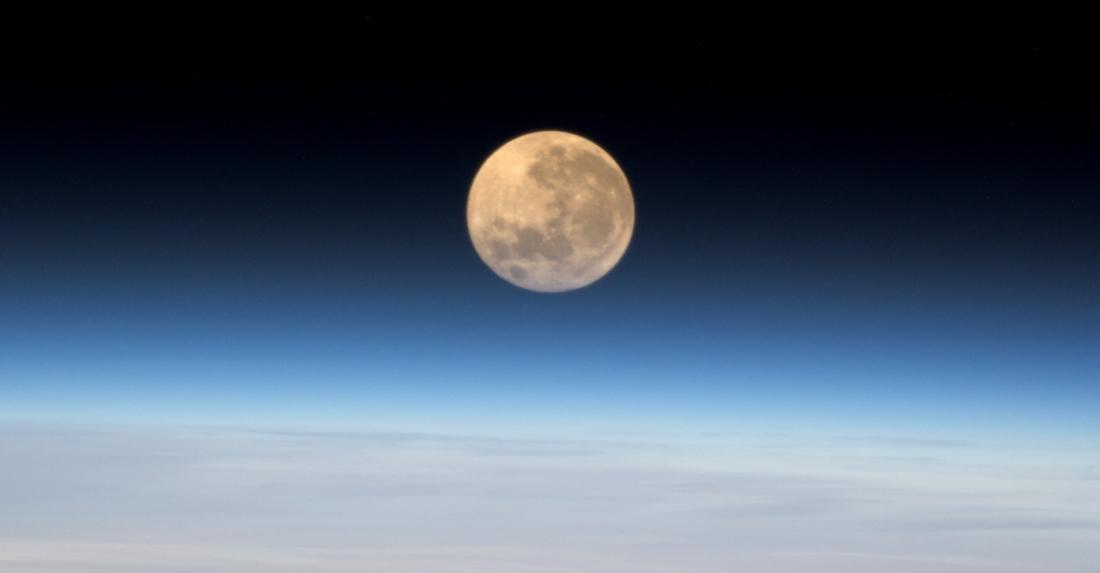Meeting Ana Perez


What does your job entail?
Thales Alenia Space in Spain is the world’s leading supplier of S-band transponders for satellite TT&C (Tracking, Telemetry and Command), a very critical subsystem. I’m the Program Manager for our line of S-band transponders, in charge of program integrity, consistency and coordination. We work with a number of different customers, both space agencies (ESA, NASA, KARI, CONAE, CSA, AEB) and satellite manufacturers.
You’re now involved in a lunar exploration program; could you tell us a bit more?
It’s really exciting to be part of TeamIndus, which has entered the world’s largest competition to send a robotic explorer to the moon. The Google Lunar XPRIZE competition consists in creating a vehicle that can land on the Moon and move up to 500 meters across the lunar surface, taking pictures and video that can be sent back to Earth.

I am in charge of developing the S-band transponder that will make it possible to communicate between the Moon and Earth.
ESA is also talking about a future Moon Village: why is the Moon back in vogue these days?
The Moon has always been in sight. It was almost 50 years ago that man first set foot on the lunar surface, and since then our dreams have become more concrete. Because the Moon offers multiple opportunities, many countries want to take part in lunar missions. First, the Moon is a treasure chest of raw materials, as well as a source of water (non-liquid). Secondly, the Moon can be used as an outpost for further space experiments, such as cultivating plants and testing new exploration technologies. Last but not least, a station orbiting the Moon could be used as a stepping stone to explore more distant destinations, such as Mars.

Many people do in fact fantasize about a long-term human presence on the lunar surface, such as the so-called "Moon Village" proposed by the European Space Agency. This type of concept is very exciting, and it may also prove to be very important for future generations. As Konstantin Tsiolkovsky, the pioneer of astronautic theory, said: "Earth is the cradle of humanity, but one can not remain in the cradle forever."
Which event in your career marked you the most?
I was appointed chair of a major customer meeting for a deep space observation mission when I was only 24 years old. This kicked off a very fulfilling career of many challenges and achievements, including recognition by ESA and other space agencies. But I’m equally pleased when I can share good results like these with my colleagues.
In three words, what are the essential qualities needed in your profession?
Integrity, empathy and a real faculty to adapt.
Copyrights
First artistic view: © Thales Alenia Space/Briot
TeamIndus: ©TeamIndus
Moon: © ESA/Thomas Pesquet

